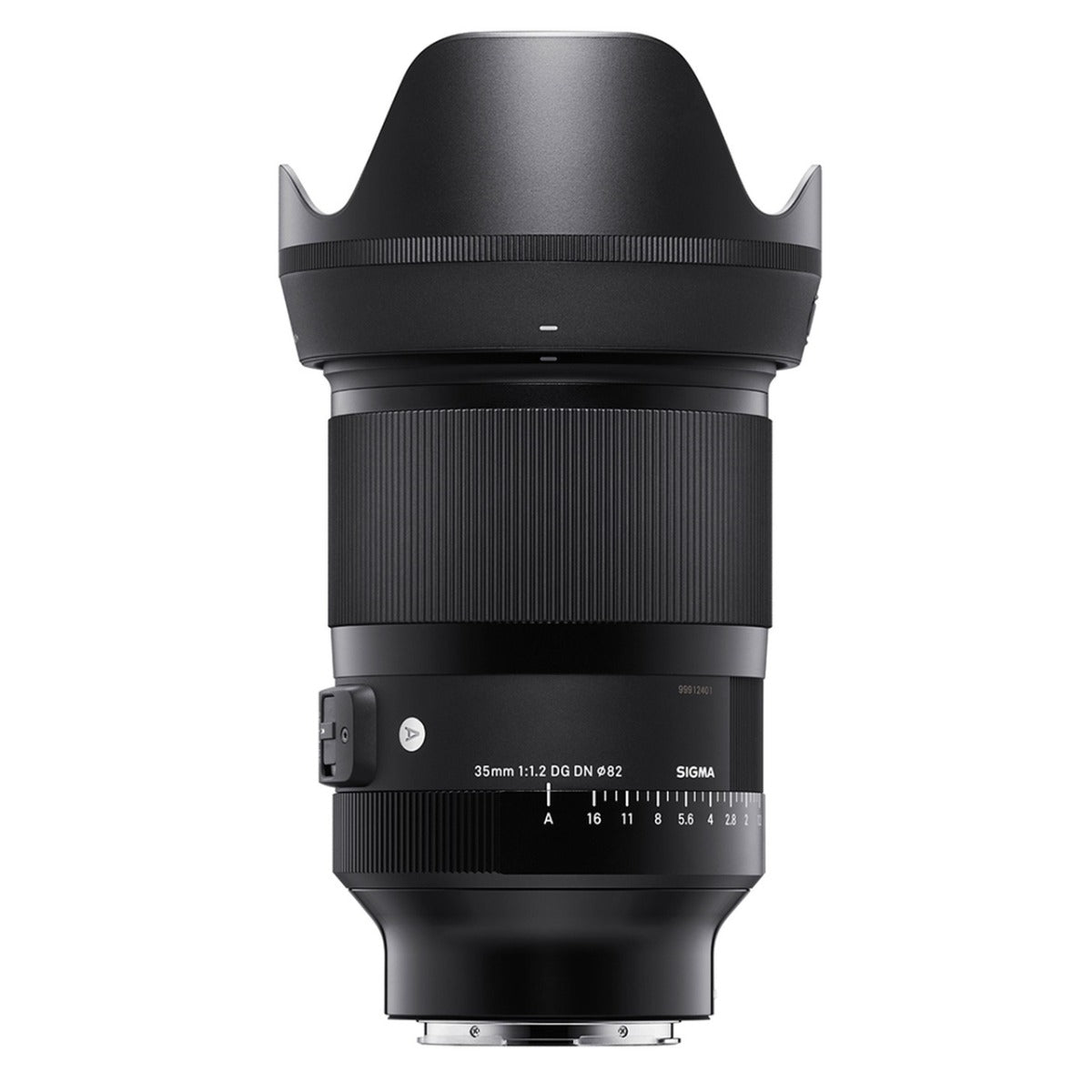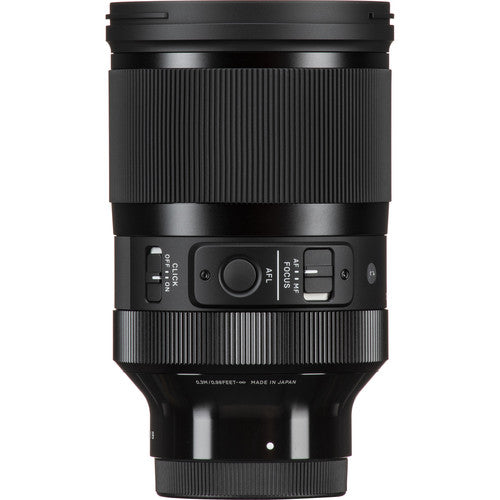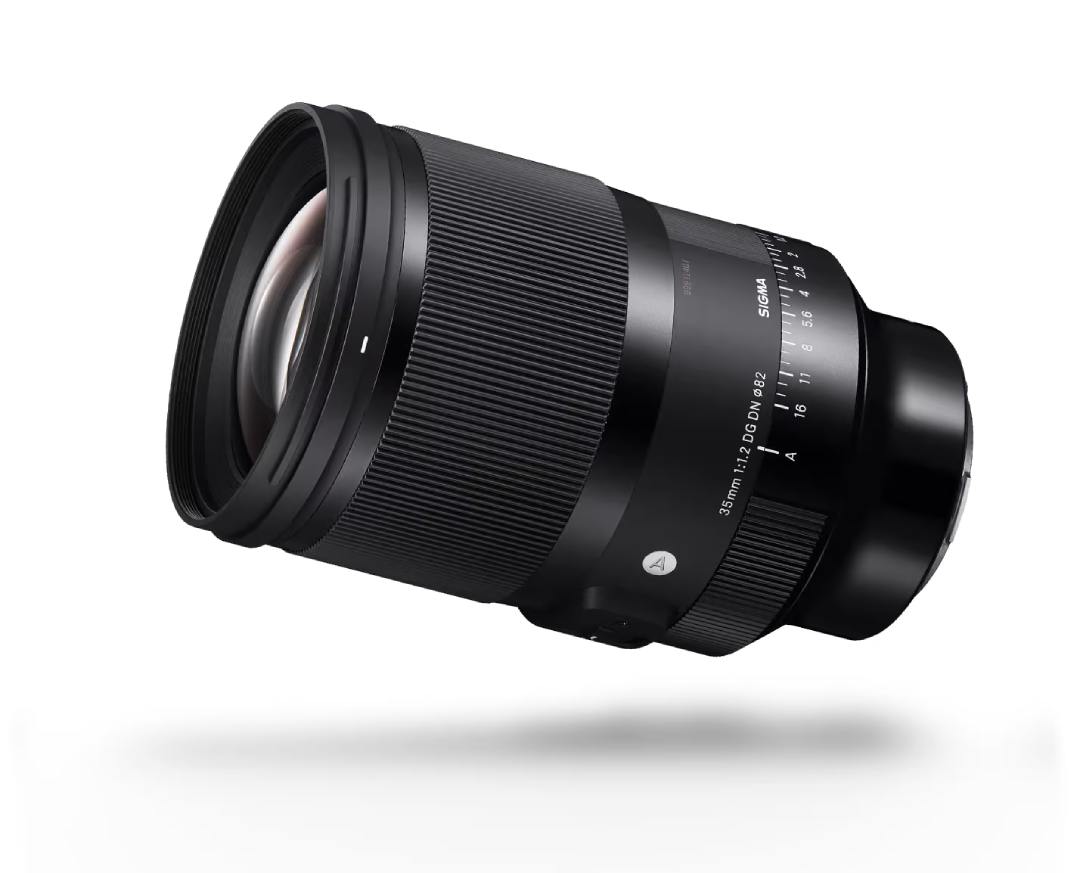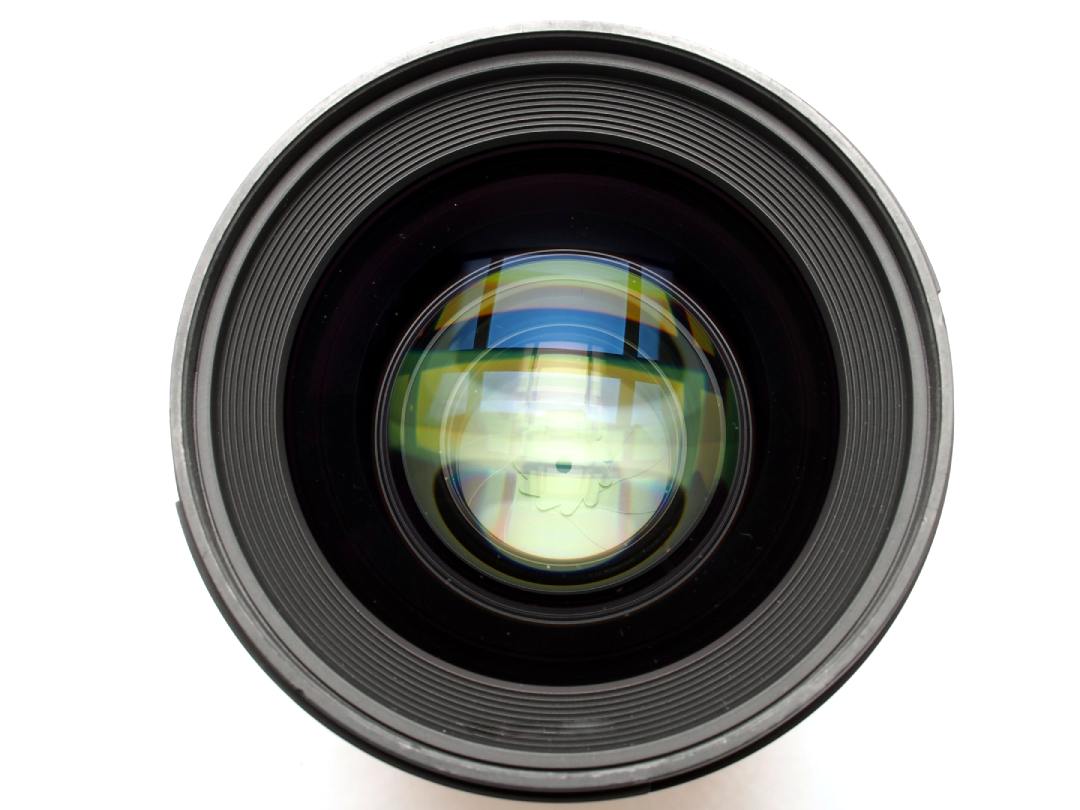Product Description
Sigma 35mm f/1.2 DG DN Art Lens – Sony E-Mount
Experience the pinnacle of optical precision with the Sigma 35mm f/1.2 DG DN Art Lens, designed exclusively for full-frame Sony E-mount mirrorless cameras. As Sigma’s first f/1.2 prime, this lens combines exceptional image quality with a robust build and cutting-edge autofocus performance—making it the ultimate tool for portraiture, weddings, cinematic video, street, and low-light photography.

Ultra-Bright f/1.2 Aperture for Limitless Creativity
With its unprecedented f/1.2 maximum aperture, this lens allows for extraordinary control over depth of field, enabling striking subject isolation and dreamy, smooth bokeh. It excels in low-light situations, offering sharp, high-contrast results even when natural light is minimal.
-
f/1.2 aperture for maximum light intake and ultra-shallow depth of field
-
Ideal for low-light shooting, night scenes, portraits, and artistic photography
-
Beautiful, rounded 11-blade diaphragm for smooth bokeh rendering

Superior Optics with Advanced Element Design
Engineered with three Special Low Dispersion (SLD) elements and three aspherical elements, including a double-sided aspherical lens, this lens delivers razor-sharp results across the frame while effectively minimising distortion, chromatic aberration, and colour fringing.
-
Outstanding sharpness and clarity at all apertures
-
Accurate rendering with minimal distortion
-
Rich contrast and colour fidelity, even wide open at f/1.2

Fast, Precise Autofocus with Full Manual Control
Powered by a Hyper Sonic Motor (HSM), autofocus is quick, smooth, and nearly silent, making it perfect for both stills and video. Full-time manual focus override is available simply by turning the focus ring, ensuring complete creative control whenever needed.
-
Hyper Sonic Motor for responsive and near-silent focusing
-
Full-time manual focus override
-
Built-in AFL (Autofocus Lock) button – assignable for extra functionality

Designed for the Demands of Professional Work
As part of Sigma’s Art series, the 35mm f/1.2 DG DN is built for demanding use. It features a brass bayonet mount for enhanced durability and a weather-resistant construction for reliability in challenging environments. A water- and oil-repellent coating on the front element makes it easier to clean and maintain.
-
Weather-sealed for outdoor and location shooting
-
Manual aperture ring with de-click switch for smooth, silent video operation
-
Constructed from premium materials for durability without excess weight

Customisable and Versatile
Perfect for both full-frame and APS-C E-mount bodies, where it delivers a 53mm equivalent focal length, the 35mm focal length is one of the most versatile for all genres of photography. From cinematic video work to environmental portraits and everyday storytelling, this lens adapts to any creative task.
-
Compatible with Sony full-frame and APS-C mirrorless cameras
-
De-clickable aperture ring for videographers
-
Customisable AFL button for enhanced workflow
Key Specifications
-
Mount: Sony E (Full-frame & APS-C)
-
Focal Length: 35mm (53mm equivalent on APS-C)
-
Maximum Aperture: f/1.2
-
Minimum Aperture: f/16
-
Lens Construction: 17 elements in 12 groups
-
Aperture Blades: 11 (rounded)
-
Minimum Focus Distance: 30 cm
-
Filter Thread: 82mm
-
Dimensions: Ø87.8mm × 136.2mm
-
Weight: Approx. 1,090g
-
Autofocus: Hyper Sonic Motor (HSM)
-
Weather-sealed, front-coated for dust and moisture resistance
What’s Included
-
Sigma 35mm f/1.2 DG DN Art Lens for Sony E
-
Lens Hood (LH878-02)
-
Front and Rear Lens Caps
-
Protective Case

The Sigma 35mm f/1.2 DG DN Art Lens is a landmark in Sigma’s Art series—an ultra-fast, ultra-precise lens made for creators who demand the best in image quality, control, and build. Whether you're shooting cinematic video, editorial portraits, or atmospheric low-light scenes, this lens delivers unmatched creative freedom.
Shop now and explore the world through a lens designed for uncompromising artistry.
Payment & Security
Your payment information is processed securely. We do not store credit card details nor have access to your credit card information.
























